I’ve been experimenting with different cooking methods, and for a week, I used an electric pressure cooker to cook rice. I could almost taste the difference from the very first bite. The rice cooked in the electric pressure cooker was noticeably softer and stickier, while the rice cooked in the rice cooker was fluffier and chewier.
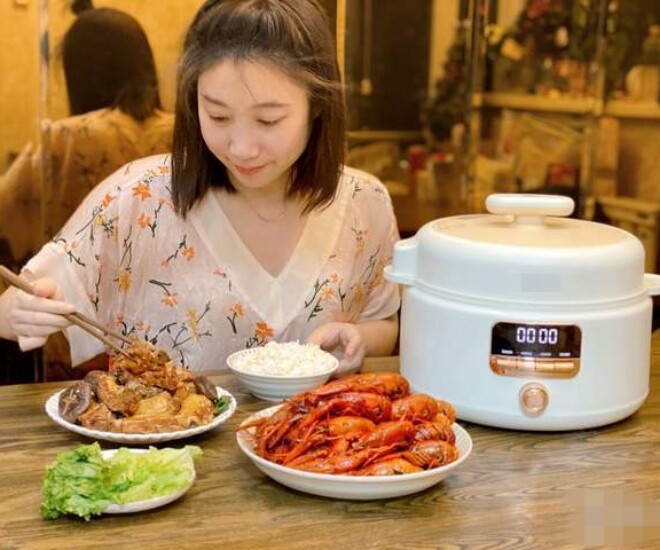
Why Rice Cookers Produce Better Results
– IH Heating Technology
Modern rice cookers commonly use IH (Induction Heating) technology.
Conventional heating methods warm the pot from the bottom, resulting in a small heating area and unidirectional heating. When the water boils, it creates movement in one direction, preventing the rice from distributing evenly.
On the other hand, IH technology incorporates additional heating elements in the walls of the pot. When the water boils, the flow moves in multiple directions, causing the rice to move in different directions and ensuring even heating.
Evenly heated rice offers two advantages. First, it ensures that each grain of rice is cooked to the same degree of doneness, resulting in consistent flavor. Second, it allows the rice to cook evenly throughout the pot, preventing burnt or undercooked spots.
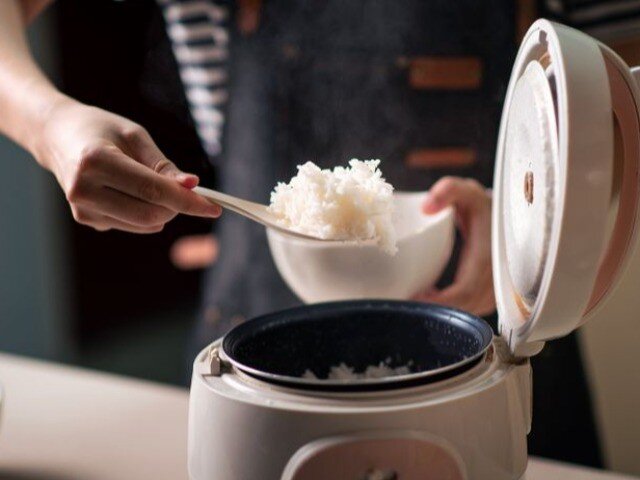
– Multi-Stage Heating Process
Cooking rice doesn’t require extreme heat, unlike cooking other types of food.
Electric pressure cookers generate high pressure, and as the pressure increases, so does the boiling point of water, leading to internal temperatures exceeding 110°C. While high heat speeds up cooking, it’s not ideal for rice.
Using an electric pressure cooker to cook rice can result in over-gelatinization. “Gelatinization” refers to the release of starch from the rice grains. Excessive gelatinization makes the rice sticky, soft, and less chewy.
In contrast, modern rice cookers feature a multi-stage heating process. Depending on the level of doneness, the rice receives an appropriate temperature. This not only preserves nutrients but also ensures the best flavor and texture.
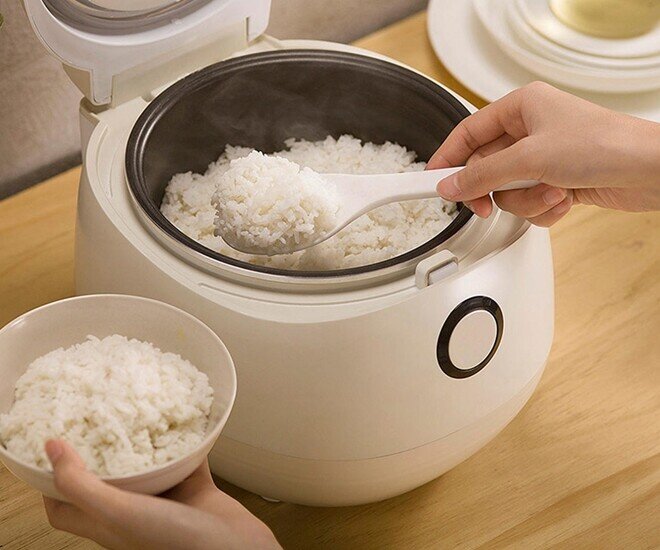
Additional Advantages of Rice Cookers
Aside from producing better-tasting rice, rice cookers offer three benefits that electric pressure cookers lack.
– Simplicity
Rice cookers are straightforward to use, requiring just one button to start the cooking process. You simply add water and rice, press a button, and your rice is ready. Electric pressure cookers, on the other hand, typically require pressing at least three buttons (selecting the rice setting, adjusting the time, and starting).
This simplicity is especially valuable for elderly individuals who may have difficulty seeing or navigating a complex control panel. A basic rice cooker is much more user-friendly.
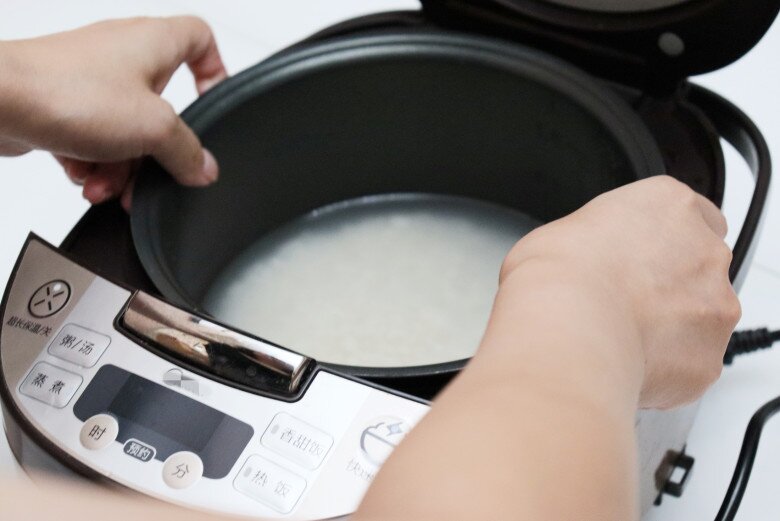
– Affordability
Just like most families wouldn’t buy a TV and a projector at the same time due to cost, the same goes for kitchen appliances. Rice cookers are affordable, with the cheapest options costing just a few hundred thousand VND and the best models only a few million VND. This price range is manageable for most families, making it a feasible option to invest in a rice cooker even if they already have an electric pressure cooker.
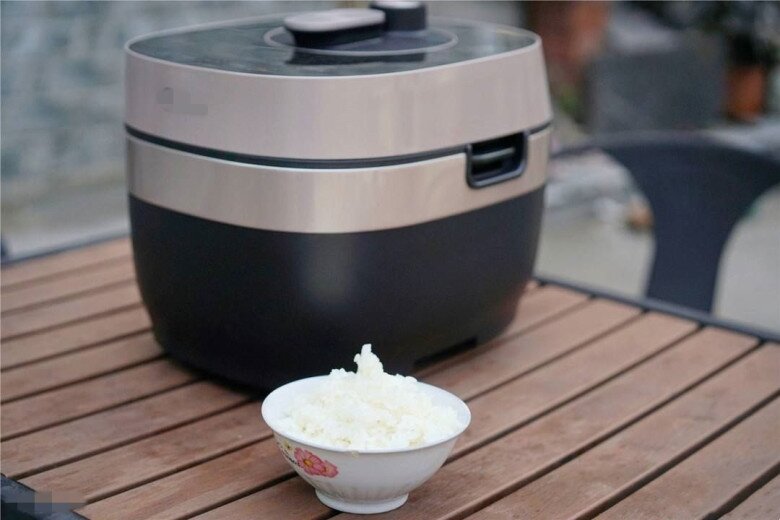
– Versatility with Different Types of Rice
The above observations are based on cooking white rice. But what about other types of rice, like millet or brown rice? In my experience, using an electric pressure cooker for these grains is far from ideal.
While electric pressure cookers can cook rice, they are primarily designed for white rice. When it comes to other varieties, they often fall short. The rice may turn out too soft or too hard, and cooking mixed grains can even lead to a scratchy texture in the throat.
Rice cookers, on the other hand, excel at handling different types of rice. Whether you’re cooking millet, brown rice, or any other variety, a rice cooker will deliver the best flavor and texture.
It took me three rice cooker replacements to realize that buying this appliance should follow the “4 No-Buys” rule.



































